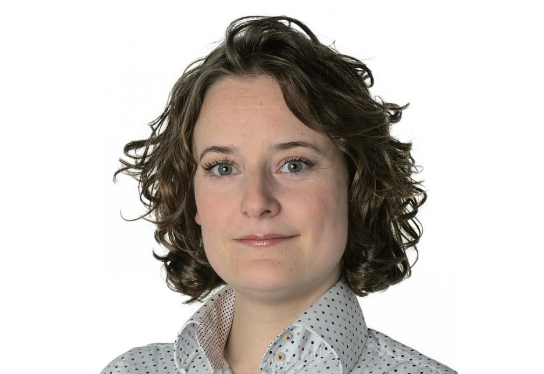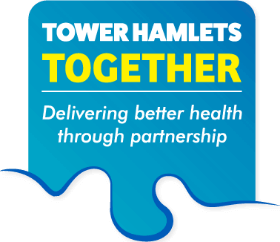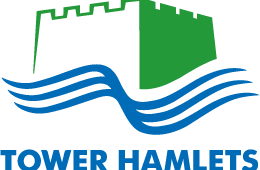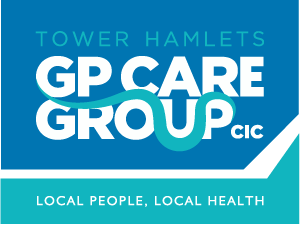Amy's Monthly Briefing - June 2020
The borough’s vision of a seamless health and care experience for its citizens.

I hope everyone is keeping safe and well as you continue to deliver outstanding support to the local community during the pandemic.
I hope everyone is keeping safe and well as you continue to deliver outstanding support to the local community during the pandemic. Throughout May, I’ve had a series of calls alongside Warwick with Board members and workstream leads to unpick what’s been working well during the pandemic and what needs to change about THT to maintain the same focus and pace. The feedback and proposals were the main focus of our June Board meeting.
First up though, we heard from Julia Slay who recently convened community engagement leads from across the partnership to explore what more we could do together. All partners have been doing huge amounts of engagement work throughout the pandemic, including with people who are shielding, with a range of community and patient groups through digital methods, insights work led by Healthwatch, testing and evaluating new digital services. Emerging concerns include worsening mental health and feelings of social isolation, digital inequalities, fear of accessing services safely, confused communications especially for the shielding group and increasing financial worries. The Board agreed the first priority for joint engagement across our six partners should be digital poverty and exclusion, given many local people can’t afford the technology to make use of new opportunities or access services, which could exacerbate health inequalities.
We then heard from Council and CCG colleagues about the reconstitution and recovery plans for the borough and WEL. Covid-19 data shows lab-confirmed cases are in single figures locally, zero on some days, with track and trace now a significant focus of our work. Local messaging has also been produced for the shielding population to supplement the changing national advice and provide more clarity and reassurance. WEL’s plan focuses on three pillars: supporting residents with Covid-19; preparing for a second peak; restarting suspended services and transformation priorities. A core objective, given reduced capacity linked to Covidand the need for segregation of patients, is to achieve a sustained overall reduction in non-elective activity of 17%.
We considered emerging needs to be added to our existing partnership priorities, including: the disproportionate impacts of Covid-19 on BAME communities, growing economic inequality, self-care and access to health interventions for the shielding population, multi-disciplinary response to the needs of vulnerable children which have been suppressed in lockdown, and the need for a local communications effort given the flaws in the national approach.
Finally, we had a thorough and candid debate about what needs to change within THT. Strong themes from the feedback were: "less structure, more action"; retain the current pace and focus; mirror the streamlined accountability and delegation of pandemic structure (gold, silver, bronze model); better prioritisation -get one thing done and move on; refocus the THT Board as a tighter group with a dual focus on assurance and transformation, supported by a stronger senior operational group with very focussed task and finish sub-groups.
There was debate about whether the Board should be predominantly executive or non-executive and whether the life course workstreamsduplicate other forums or provide an essential space for innovation and engagement of users and the voluntary sector. We agreed to streamline the current Board now, review the role of the Alliance to underpin the Board, further consult lifecourse workstream attendees and bring final proposals to July’s meeting. We restated our commitment to be led above all by the outcomes that matter to local people -I am determined that we settle on a streamlined, effective structure ASAP, and don’t spend months trying to perfect it!
We need a system that combines assurance and accountability to WEL with the operational freedom to unlock change as you’ve all been doing in the past few months.








